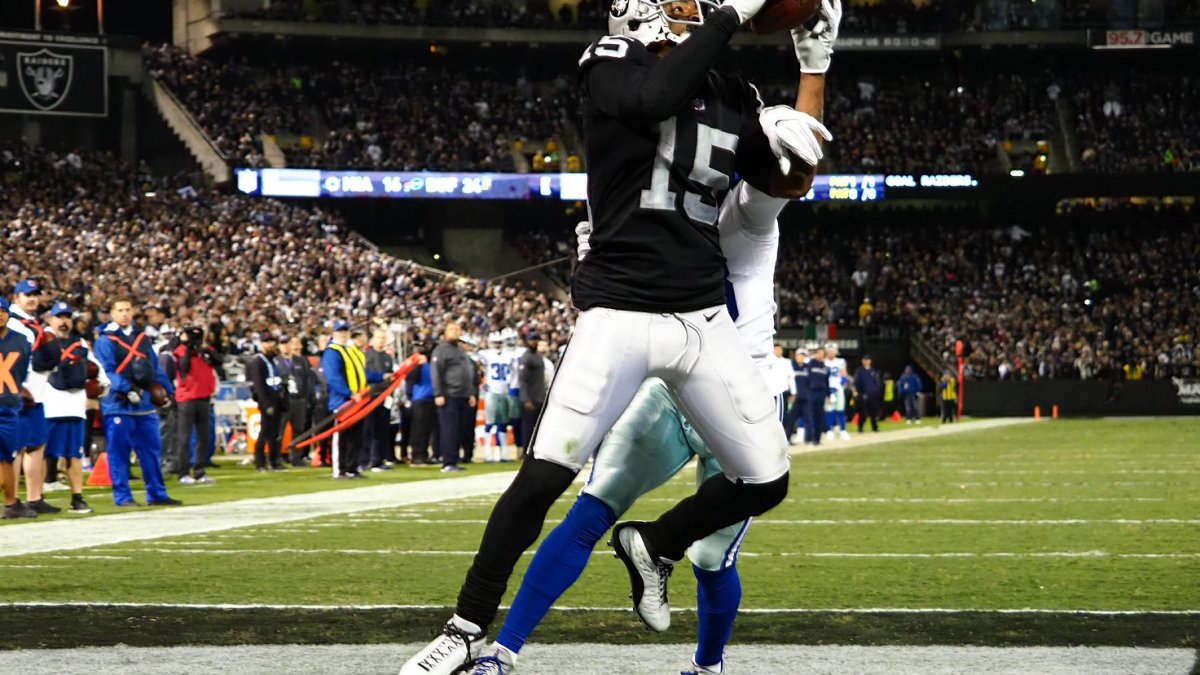I was pretty excited that the expected receiving model I created — and is explained in these two articles — passed the eye test, but much of that excitement comes from my football fandom. A fan wants to know if Davante Adams is a good receiver and if A.J. Bouye is a good corner, and traditional statistics can’t tell you that because they ignore important contextual factors like how deep their targets were, how far their targets were from the end zone, and, most critically, who the other parties involved in their targets were.
A fantasy player might question how much that stuff really matters. A receiver who sees a lot of targets is going to score a lot of fantasy points whether my model suggests he is actually an effective player or not. But I’ve always intuitively believed that a player’s skill is the most important consideration for the prediction of his future fantasy success. It’s just something we’ve never had the means to properly evaluate mathematically. Now I think I can, and for me to have real conviction that my model has captured player skill, I believe I need to be able to prove the model can make more accurate predictions than traditional statistics can.
I started that effort by pulling every wide receiver and tight end with at least 100 catchable targets over a two-year span since 2013. Those players were pretty much universally fantasy-relevant whether my model said they added yards versus expectations, subtracted yards, or fell somewhere in between. Then, I split those receivers into three groups based on how many yards my model estimated they added over those two years. I labeled receivers that cost their teams more than 25 yards as “Low,” receivers that added more than 25 yards as “High,” and labeled the ones in between as “Medium.” Finally, I calculated the average change in targets per game of the receivers in each of those three groups, assuming they played in at least eight games in the season just after the two-year span.

DOMINATE FANTASY FOOTBALL & BETTING WITH AI-POWERED DATA & TOOLS TRUSTED BY ALL 32
 Unlimited Fantasy League Sync
Unlimited Fantasy League Sync
 Fantasy Start/Sit Line-Up Optimizer & Waiver Wire
Fantasy Start/Sit Line-Up Optimizer & Waiver Wire
 WR-CB & OL-DL Matchups, PFF Player Grades, & Premium Stats 2.0 Tools
WR-CB & OL-DL Matchups, PFF Player Grades, & Premium Stats 2.0 Tools
 Nathan Jahnkes Rankings - #1 Most Accurate Last 70 Weeks
Nathan Jahnkes Rankings - #1 Most Accurate Last 70 Weeks
 PFF Best Bets, Player Props, & Power Ranking Tools
PFF Best Bets, Player Props, & Power Ranking Tools
 NFL Mock Draft Sim with Trades & Draft Grades
NFL Mock Draft Sim with Trades & Draft Grades
Already have a subscription? Log In



 © 2024 PFF - all rights reserved.
© 2024 PFF - all rights reserved.